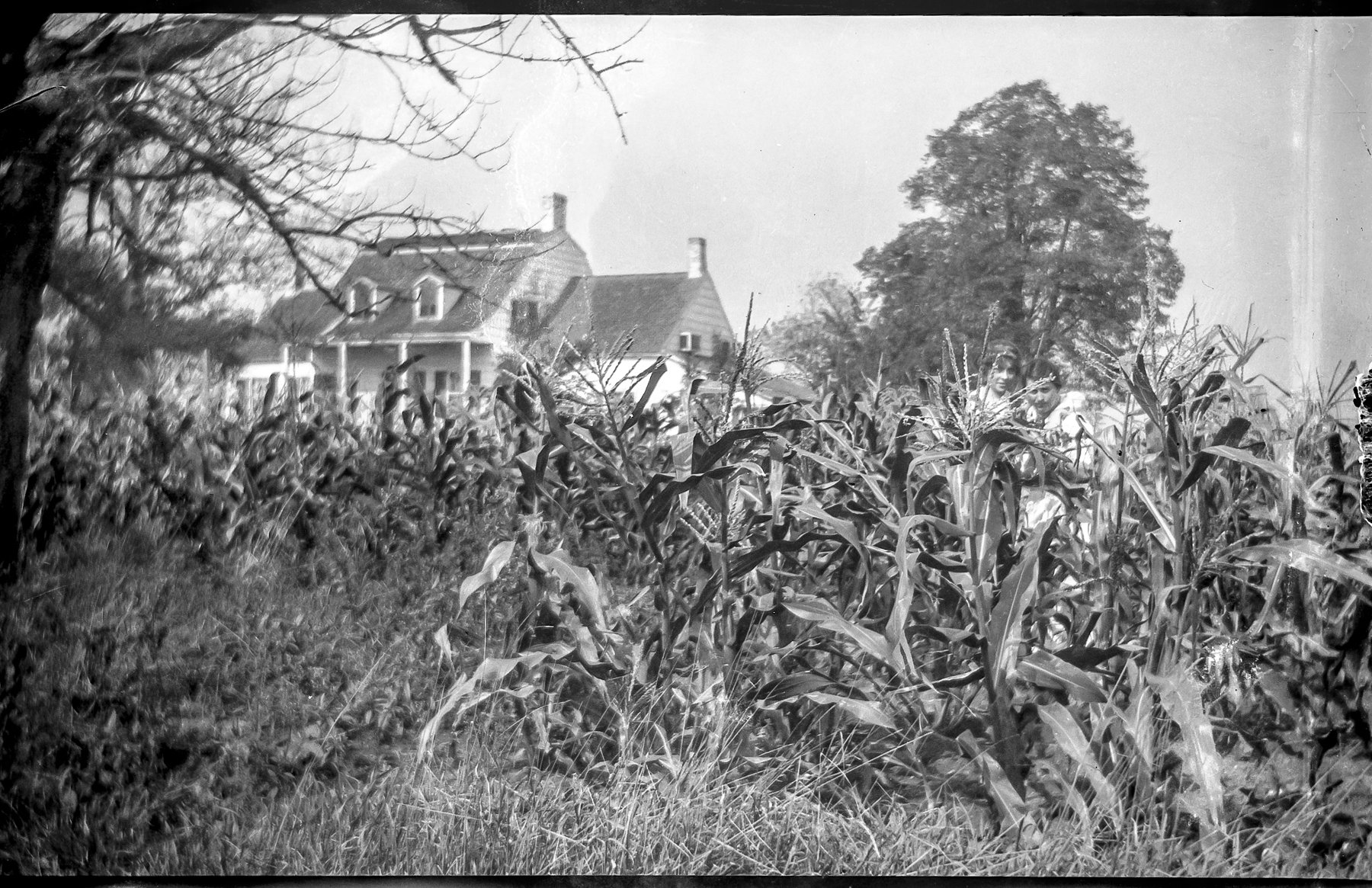
MARINE PARK HISTORY
At one time, the Lotts owned most of what would become Marine Park. It was one of the many farms in the historic town of Flatlands.
The neighborhood of Marine Park and its surrounding communities were among the last areas of New York City to transform from rural farms to residential suburbia. An aerial photographic mosaic of New York City compiled in 1924 depicts the still vast extent of agriculture in this area on the eve of development.
Spurred by waves of immigration and population growth, and a roaring economy, residential development was spreading throughout New York City at the turn of the 20th century. At the same time, the agricultural outer boroughs found it increasingly difficult to compete with larger farms in Long Island and New Jersey. In deep-south Brooklyn, developers snapped up vast holdings of rural land, including portions of the Lott farm.
Spurred by the promise of a new “marine park,” development of the area around Gerritsen Creek was well underway by the time Marine Park finally opened.
Once municipal water and sewer infrastructure was extended to the area, circa 1926, construction exploded on the new blocks surrounding the Lott House. Modest, well-crafted homes were built for the city's expanding middle class.
Marine Park initially developed as a rapid-transit suburb, a place apart from, yet intimately tied to the great city via a matrix of trolley, bus, and subway lines. It offered the best of both worlds—village charm and urban amenities leavened with the natural beauty of Jamaica Bay. Later—especially after World War II—the Belt Parkway fueled growth in the area.
The grand “marine park” that was planned early in the 20th century never happened. Instead, the largest park in Brooklyn remains a relatively undeveloped nature preserve. And with no direct subway line and limited bus options, Marine Park retains its last-century suburban character.
